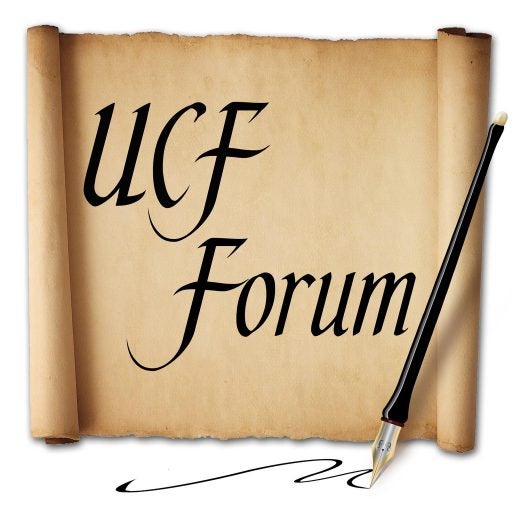I recently met someone from Bolivia through a mutual friend. She was telling me how different it is in Florida, as no one ever is outside or takes walks. I thought that was an odd statement, given that I see plenty of fellow Floridians outside enjoying our beautiful state.
Then I thought: The difference is that we do not congregate in our front yards; we fence our yards and play in the back. While some of us are outside in our communities, from someone else’s perspective Americans appear fairly exclusive.
I grew up in a rural town outside of New Orleans. I remember getting home from school and riding my bike with friends until dark, when I would hear my mother calling my name. Everyone had an eye out for each other, and there were always snacks available when we would run into a house.
As I grew up, my weekends were full of cookouts and gatherings to celebrate anything worth a party. At Mardi Gras, everyone would pour into the streets and dance and eat and share stories while catching beads and listening to the fabulous marching bands walking by to the beat of their drums. Similar to my new Bolivian friend, I had grown up feeling the pulse of my community, and my connection to it.
When I moved to Central Florida in 2003, I missed that sense of community that ran in my blood. It made me ask the question: What is Central Florida’s community, who are the people here and what makes them unique? A community is more than a group of people; it is a way of building our heritage. A vibrant community shares common characteristics and interests. Also, diversity within community settings sustains and enriches life. An individual’s success and happiness can be greatly affected by socially interacting with others.
Understanding Orlando’s history can help provide guidance on how our community came to be as it is today.
Florida, like many areas in the United States, once was inhibited by Native Americans, until early settlers staked their claim on the marshy, bug-invested land. In the 1800s, natives and early settlers had disputes over land and cattle. Eventually, the residual tribes were pushed into the Everglades and out of state, while ranchers and Florida Crackers moved into the high lands. Pioneers quickly started growing citrus, thus creating a growing population, agricultural industries and infrastructure, and the community of Orlando in the late 1850s. Later, two freezes killed about 90 percent of the area’s citrus, pushing the industry south of Orlando. In the early 1950s, military training stations started to dot the Central Florida landscape. In the early 1970s, Disney World opened, influencing the culture of the Orlando area, driving tourism and hospitality industries.
In the 1990s, rock music culture started to bloom across Orlando with bands like Matchbox Twenty, NSYNC, and the Backstreet Boys originating in the area. The influence of music can still be heard in downtown Orlando today, as well as the performing and visual arts.
With an ever-growing population, Orlando has seen a 7 percent increase in since 2010. This recent expansion has created diverse cultures within Central Florida, diluting the historic ranching communities that once existed.
The University of Central Florida, founded in 1963, is a good example of the trend. Tied to the booming space industry, UCF was built in an area that could feed technical staff to the aerospace trade. Growing from fewer than 2,000 students to more than 62,000 in a half century, UCF bloomed into a major university within a short time. With such fast-paced growth, student culture is finding ways to root and become its own extension of the greater community.
Unlike my Bolivian friend or my experience growing up, Central Florida might be missing a consolidated, defining culture, yet it does have remnants of “old” Florida that can still be seen as cows graze alongside expressways as they did when the road was not there. Citrus still line the horizon and evidence of pioneer settlements still exists, such as Fort Christmas just east of the city. One thing I have always loved about this area is that in 20 minutes you can go from the urbanized city, to the rural backwoods, all while headed to the beach.
However, Orlando’s pulse is more muted, and spread across the region, thus making it hard to define the city’s atmosphere.
Compared to more culturally rich old communities such as New Orleans, Orlando is a relatively new community, only being founded about 165 years ago.
The culture we are forming now will be the stepping stones for the future, so I invite us to create our identity as one that is focused on building a multigenerational community. Let’s center our attention on increasing neighborhoods with parks and children playing in them, activity centers for young and aged to socialize and learn from each other, and festivals that bring us together as one community, celebrating our region.
So what makes Orlando unique?
We have hospitality, music, food, arts, diverse cultures, ranching with livestock and horses, and universities. This created culture is valuable to our community, as it will influence the lives, values, views, and sense of wellbeing for generations of Central Floridians.
Alaina Bernard is UCF’s assistant director of Landscape & Natural Resources. She can be reached at alaina.bernard@ucf.edu.
